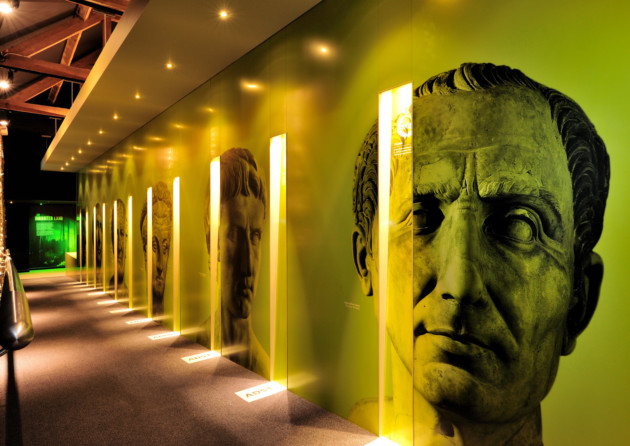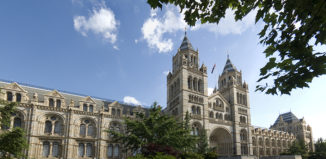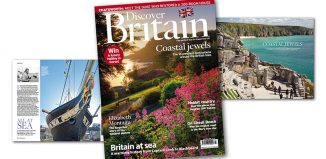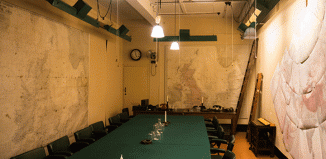Roman Army Museum, Northumberland
The UNESCO World Heritage Site of Hadrian’s Wall has many highlights along its 73-mile length, much of which sweeps through Northumberland. Built by three legions of the Roman army’s best soldiers and engineers from AD122, the wall towered up to six metres high, an obstacle of which only tantalising foundations now remain. For an excellent introduction to the Romans’ most northerly frontier, look no further than the Roman Army Museum attached to Carvoran Roman Fort, near the village of Greenhead.
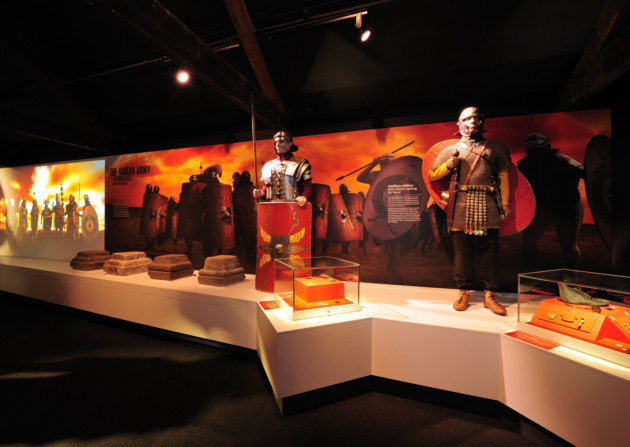
Bringing history to life at the Roman Army Museum. Photo: Roman Army Museum/Vindolanda Trust
Visitors can view preserved artefacts such as shoes, brooches and pottery brought to light after some 2,000 years underground. An additional highlight is the award-winning 3D film Edge of Empire which portrays the life and times of an ambitious Roman soldier on his rise through the ranks.
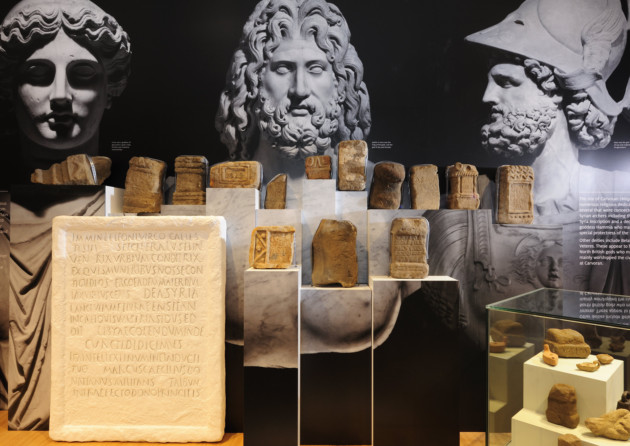
Roman emperors held faith in Ceres, goddess of agriculture. Photo: Roman Army Museum/Vindolanda Trust
Following a £6m development project, largely funded by the Heritage Lottery Fund in 2011, both the Roman Army Museum and its hugely popular sister site Vindolanda just seven miles east, were given a timely make-over. The two sites are run by the Vindolanda Charitable Trust, an independent organisation which relies solely on visitor numbers for its income. Fortunately, the fascination for Roman history is on the rise.
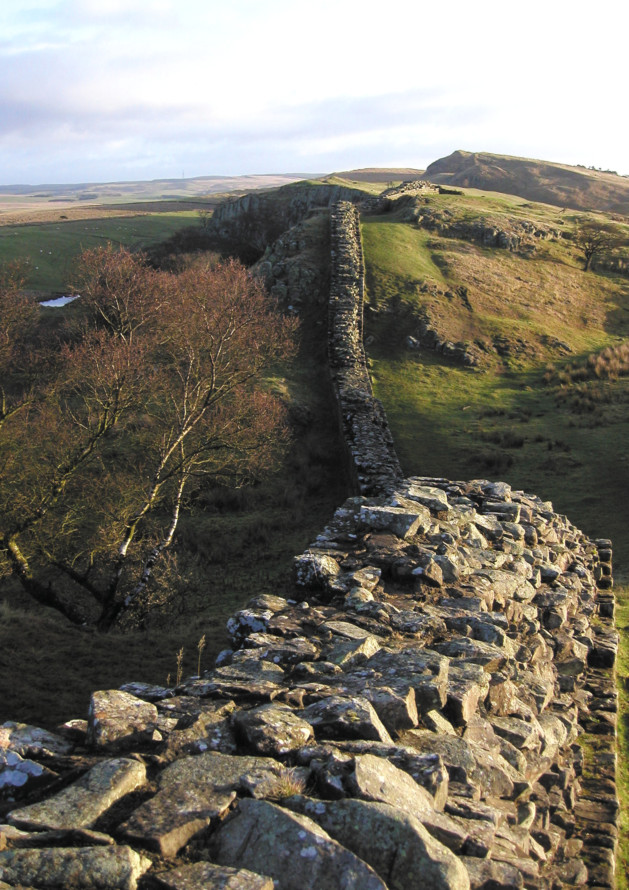
Walltown Crags, snaking along the crags of the Whin Sill. Photo: Vindolanda Trust
The museum now offers three main galleries, combining Roman exhibits with interactive displays, plus information about the construction of the wall, the daily life of the soldiers and traditional roles of the men (and women) attached to the garrison. Test your strength and agility on the archers bow and then step inside the ‘recruitment tent’ to hear oratorical fireworks from a very direct young soldier encouraging you, the civilian, to do your bit for empire and sign up to the military. “Your life and the well-being of the empire are one and the same,” he bids. “Treat her well and she will do the same for you.”
Carvoran Fort marked an important meeting point for the Romans, located at a junction of two major roads running north to south, east to west. Although there’s little trace of the settlement that once existed here, all bar a few indelible earth works, Carvoran was inhabited by over 1,500 people. “It was a massively busy place, together with the civilian village which sprang up around the fort,” explains Justin Blake, deputy director of excavations for the Vindolanda Trust. “The secrets of life there are just beneath the soil, waiting to be discovered. For now though, we’re concentrating our efforts on the seemingly inexhaustible archaeology at Vindolanda.”
Just a mile north east of Carvoran is the windswept peak of Walltown Crags, site of a watch-tower turret along the wall where Roman soldiers would have stood guard in all weathers, ever wary of the dangerous barbarian territories ahead of them. Many museum visitors make Walltown Crags their next port of call, following the wall foundations as they dip and snake along the ridge of the Whin Sill, the dramatic escarpment of the North Pennines.
In the museum’s education room, young visitors can sit in the Roman schoolroom and experience a lesson with Vilius, a computer-generated image of authority who commands attention and respect. One particularly surprising fact, perhaps not on the syllabus, concerns the heritage of the soldiers who protected this unforgiving fringe of empire. “The wall was garrisoned by auxiliary troops drawn from conquered provinces from across Europe – even Syrian archers were deployed here,” says Justin. “It was a truly multicultural society – much more so than this area is now.”
Many of the items on display at the Roman Army Museum were sourced from Vindolanda. They owe their remarkable preservation to the local oxygen-free soil which creates perfect ‘storage’ conditions. “Literally everything unearthed at Vindolanda has been preserved in the same state as when it was dropped 2,000 years ago,” reveals Justin. “Leather shoes for example, are one of most common finds, and we have the world’s largest collection of Roman footwear, from children’s shoes to military marching boots.”
Other treasures include a delicate copper alloy brooch, fine tooth combs and a rare helmet crest, complete with intact hair decoration, probably worn by a centurion. “We believe there’s another 150 to 200 further years’ worth of excavation left at Vindolanda; here at Carvoran Roman Fort there’s even more,” says Fiona Watson, Vindolanda Trust Information Officer. “It’s a work in progress and the story changes as we discover new things. We estimate that just five to eight per cent of the entire Wall has been explored so far.”
Each winter, teams of volunteer enthusiasts apply online to take part in the digs held the following year, between April and September. It pays to act fast, as situations vacant quickly fill with applicants from all over the world, regardless of age or experience.
“It’s amazing to be a part of an experience where people from diverse backgrounds come together to dig for artefacts and unravel the Roman mystery,” says Justin. “There are few situations where people come together for a cause like that. Three years ago one of our volunteers unearthed a Roman altar, a highly significant find. It was just their second day of excavation and was a thrilling moment in which everyone shared.”
For more information about the Roman Army Museum call 01697 747 485 or visit www.vindolanda.com/Roman-Army-Museum.
The Hadrian’s Wall Bus travels from Newcastle to Carlisle stopping at sites along the wall. See www.hadrians-wall.org or Hexham tourist information on: 01434 652 220.

